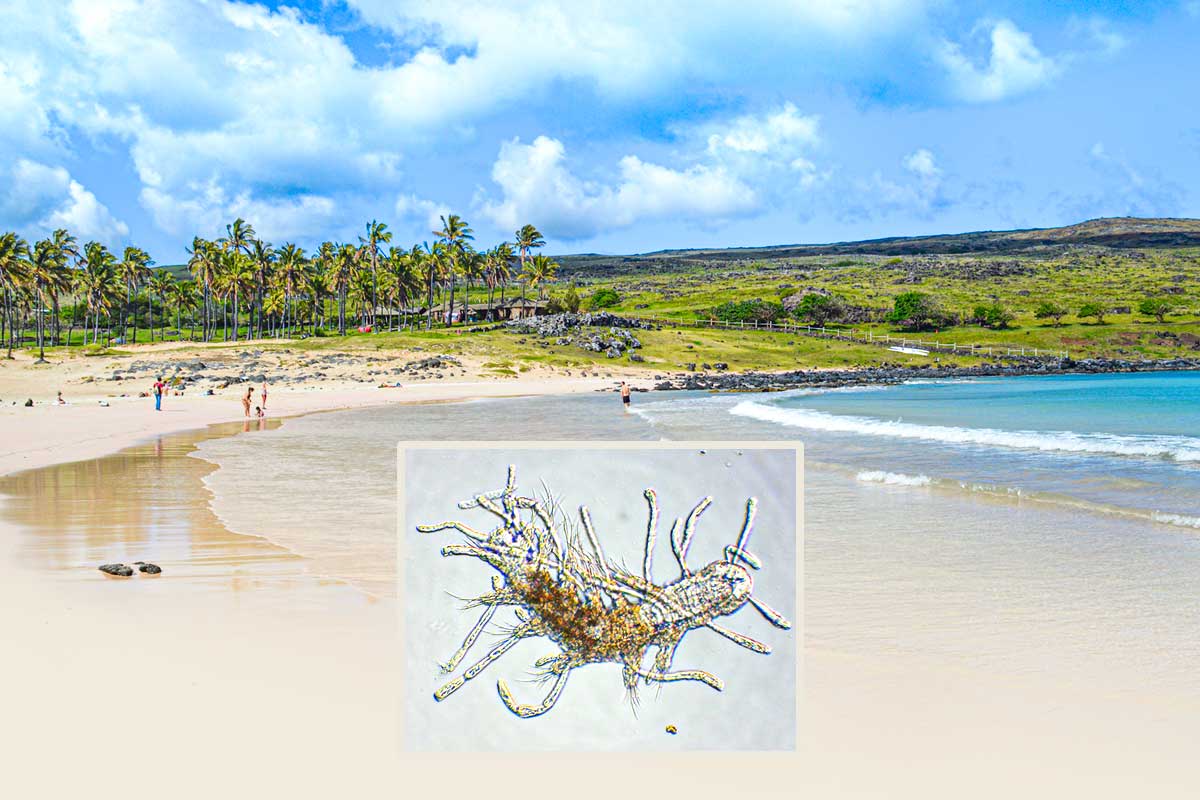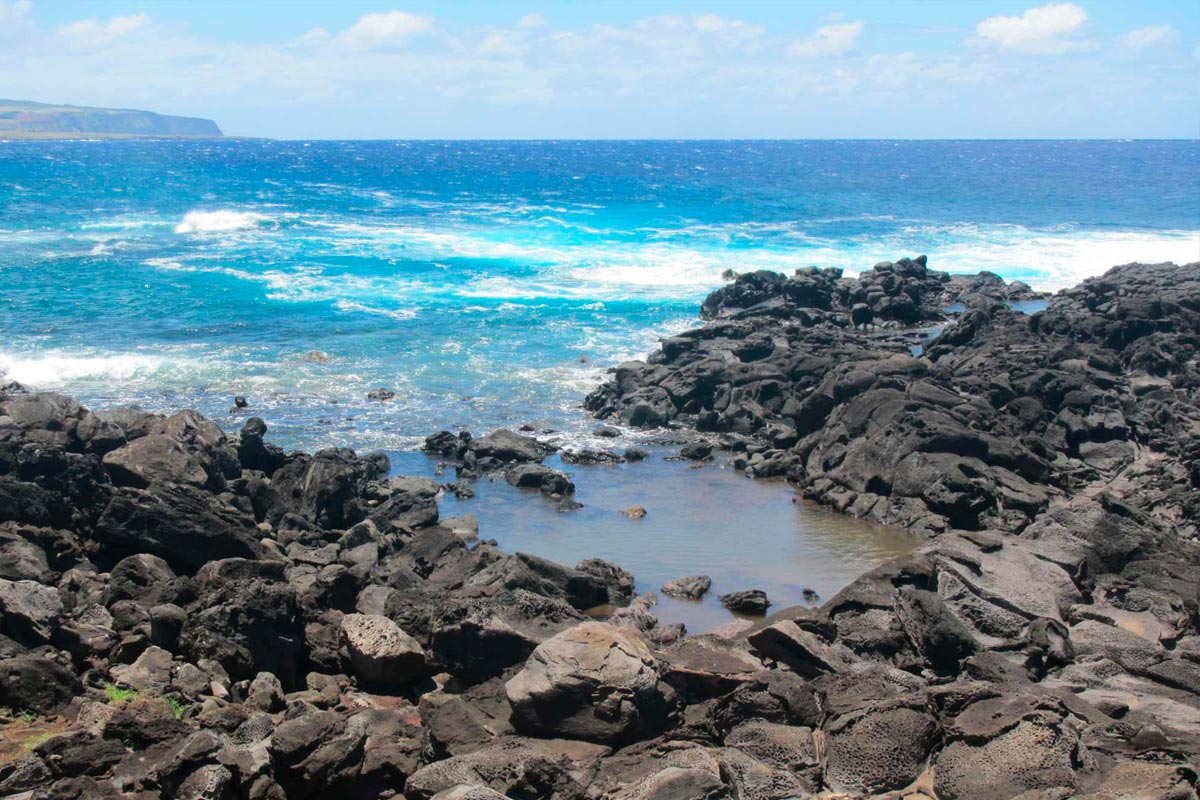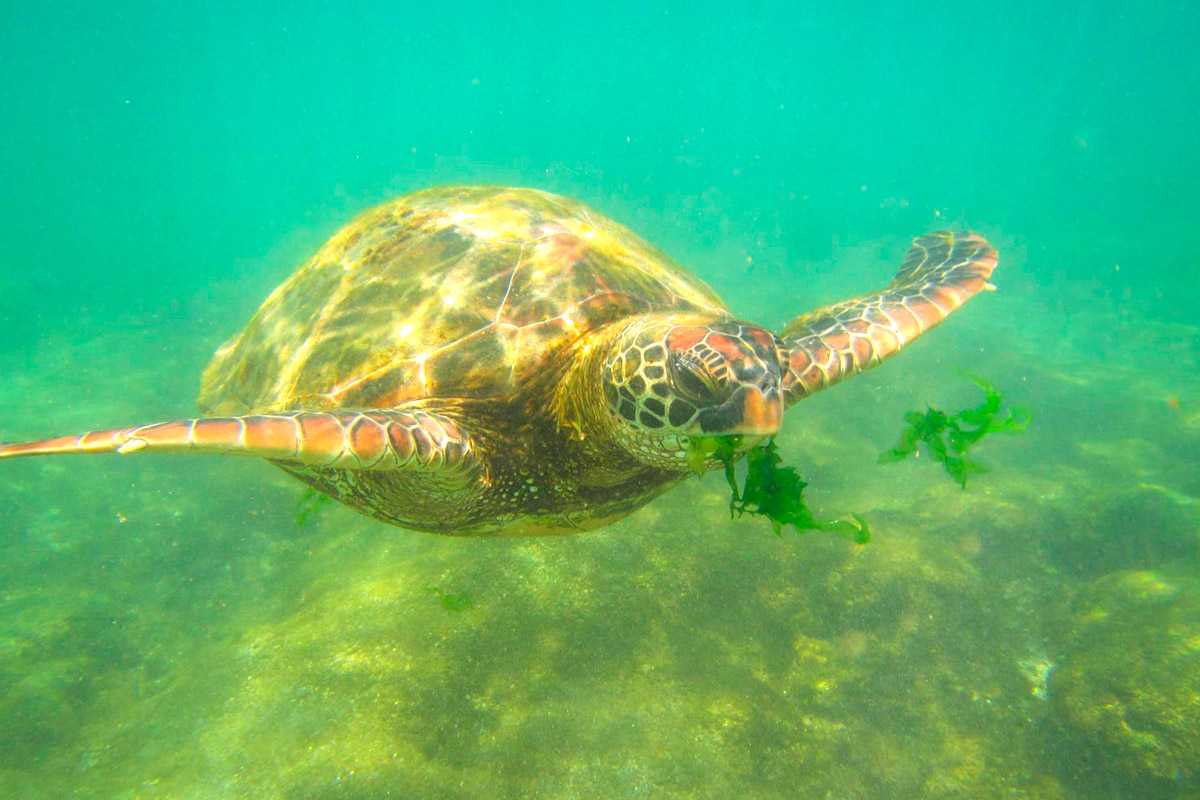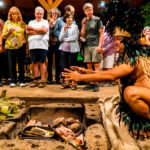Plastics in Yellow Tunas and their prey along the coast of Rapa Nui

© Photo by Nicolás Ory
Tunas are one of the most emblematic fish of Rapa Nui: they have provided food to the Rapanui people for centuries, and are now a delicacy that tourists from all around the world can enjoy when visiting the island. These large predatory fish, the heaviest of which can weight several hundreds of kilograms are mostly fished by angling barehanded, a traditional fishing technique that has been used for centuries in Rapa Nui. This art of fishing is physically challenging and requires a perfect knowledge of the fish’s ecology and feeding behaviour; this is why artisanal fishing has been sustainable for centuries in Rapa Nui. However, the intensive fishing of tunas by large fishing vessels in the open ocean is currently jeopardizing the sustainability of the population of tunas in the south Pacific and, in turn, the ecological and economic health of Rapa Nui.

© Photo by
Jaime Aburto
The presence of plastic litter abundant in the waters around the coast of Rapa Nui is another threat for the fragile ecosystem of the island. Plastics do not originate locally: large items, such as buoys, cooler boxes and ropes, are discarded by large factory ships cruising offshore the island. Other plastic items of common use come from the surrounding continents. Indeed, once at sea, floating plastic items can be transported over large distances by winds and currents within oceanic gyres at the centre of which they accumulate in very large quantities. During the time plastics float at sea, they fragment into smaller pieces under the combined effects of sunlight, temperature, chemical degradation and mechanical abrasion. In the centre of the South Pacific Gyre, close to Rapa Nui, small broken plastic fragments of various sizes, from several centimetres (meso-plastics) to millimetres (micro-plastics), are very abundant and commonly ingested by many marine organisms.
Microplastics are transfered to the predator
fromtheir prey, but rae readily egested.

Tunas directly capture mesoplastics,
wich acumulate in the fish’s gut..
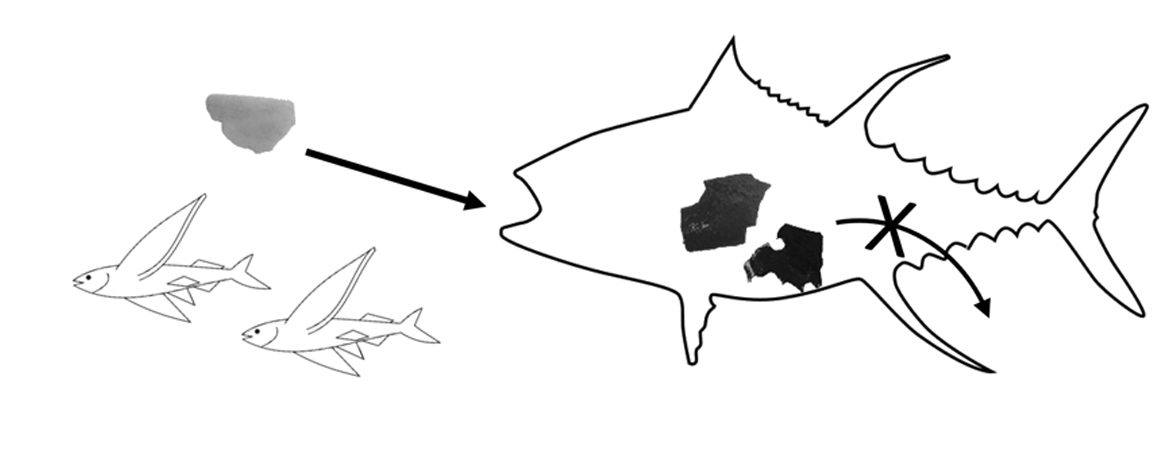
In a previous article in Moe Varua, I presented the results of another study during which we had found that juvenile Ature fish (amber stripe scad; Decapterus muroadsi) had ingested preferentially blue micro-plastics similar in size, shape and colour as their small planktonic prey. Experiments conducted in the laboratory at the Universidad Católica del Norte at Coquimbo in Chile revealed that micro-plastics(1mm long) ingested by juveniles of the Palm ruff fish (Seriolella violacea) remained on average one week, and up to seven weeks, in the fish’s gut. These results suggest that, under natural conditions, micro-plastics can stay long enough in a prey to be transferred to a predator that would eat and digest the prey. Para saber si los microplásticos son transferidos a los atunes a través sus presas, hemos analizados el tracto digestivo de 50 Kahi ave ave (yellow fin tuna, Thunnus albacares) and 43 Hahave (flying fish, Cheilopogon rapanouiensis), one of the most common prey of the tuna, captured along the coast of Rapa Nui by fishermen Hanga Piko y Hanga Roa in 2015 y 2016.


© Photo by
Jaime Aburto
Related Reports:
Small Life in the Sand of Rapa Nui
In the sand of Rapa Nui there are animals so small that they can hardly be seen with the bare eye. You need a microscope to see them. These animals live in the small spaces between sand grains.
PURE The Endangered Sea Snail
PUREThe Endangered Sea Snailby Ernesto Díaz CabreraEstudiante Doctorado en Ciencias, mención Ecología y Biología Evolutiva de la Universidad de ChileDoctoral candidate in Science of Ecology and Evolutionary Biology, University of ChilePure is a sea snail which has...
Magnetism on Rapa Nui
Magnetism on Rapa NuiAmong the sites most visited for their supposed magnetism are the large oval rock called Te Pito Kura and a section of the road to Anakena, about half a kilometer from the beach. Illusion or reality? What do the scientists say?by Cristian Moreno...


